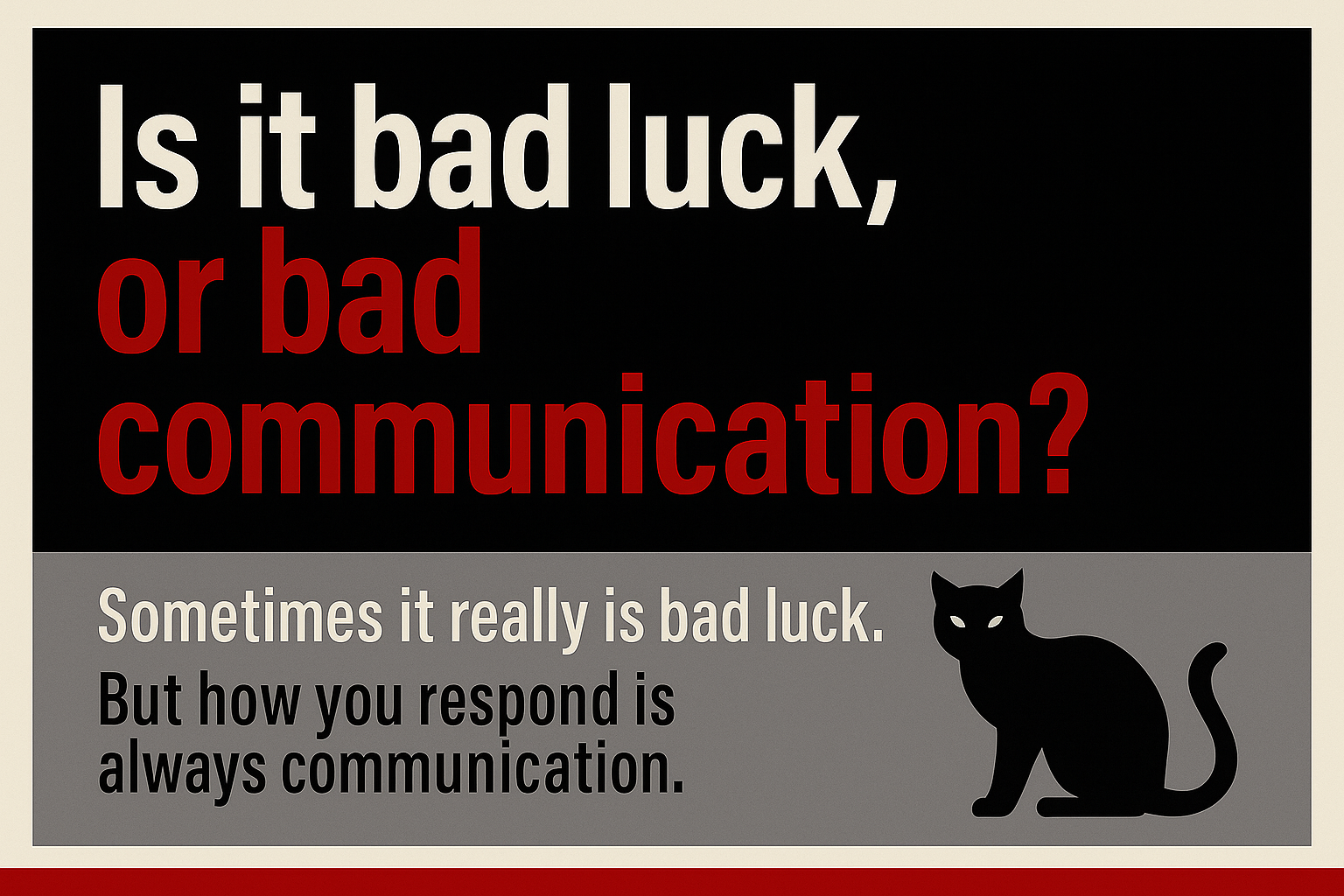The Truth About What Really Derails Internal Comms—and How to Do Better
In the world of internal communication, we often hear things like:
“It was just bad timing.”
“Nobody could have seen that coming.”
“We communicated it… they just didn’t get it.”
But let’s be honest—most internal communication breakdowns aren’t the result of bad luck. They’re the result of missteps we can predict, prevent, and learn from.
If we want to build trust, foster belonging, and drive alignment, we need to stop chalking up communication failures to chance and start recognizing the warning signs.
Here are some of the most common fail points—and why they matter more than ever.
❌ Missing the Moment
Timing is everything. When we wait too long to communicate—or jump in too early without facts—we miss the window when employees are most open to hearing, processing, and acting on the message. And in that silence, speculation takes hold.
🕰 Lesson: Internal communication is about readiness. Being “first” doesn’t matter as much as being timely and thoughtful.
❌ Too Much or Too Little
Too many messages and people tune out. Too few, and they feel left in the dark. The balance isn’t just quantity—it’s quality, cadence, and consistency. In a world of endless noise, clarity cuts through.
🕰 Lesson: Prioritize signal over noise. Communicate what matters, when it matters—then pause and listen.
❌ Mixed Messages
When leaders say one thing and do another—or when departments are misaligned—employees receive conflicting signals. This undermines trust faster than almost anything else.
🕰 Lesson: Alignment is a communication strategy. Synchronize messages across the organization, starting with your leadership team.
❌ Ignoring Employee Feedback
Communication isn’t a broadcast—it’s a dialogue. If employees feel unheard, they disengage. If they feel silenced, they resist. And eventually, they stop believing that what they say matters.
🕰 Lesson: Build in listening loops. Treat feedback as a gift, not a threat.
❌ Not Preparing for Resistance or Emotion
Change isn’t just logical—it’s emotional. If we only focus on the “what” and ignore the “how it feels,” we miss the real work of change communication.
🕰 Lesson: Anticipate the human response. Make space for reactions, concerns, and vulnerability.
❌ Over-Promising and Under-Delivering
When communication raises expectations that aren’t met, it creates a credibility gap. Employees remember what was said—and what didn’t follow through.
🕰 Lesson: Under-promise, over-deliver. Or better yet, say only what you’re willing to act on.
❌ Being Tone-Deaf
Sometimes the message is technically correct—but it lands flat. Why? Because it ignores the current context, culture, or emotional temperature. Tone matters as much as content.
🕰 Lesson: Know your audience. Empathy is your editing tool.
🜂 It’s Not Just Communication. It’s Culture.
When internal communication breaks down, it doesn’t just affect understanding—it impacts trust, morale, and performance. These are not small misses. These are fault lines in your culture.
But the good news? They’re fixable. With the right strategy, mindset, and accountability, communication becomes more than just messaging. It becomes your organization’s connective tissue.
So the next time someone says it was “just bad luck,” ask:
Was it really?
Or was it a chance to communicate better—and we missed it?
👋 About the Author
Priya Bates is an award-winning internal communication strategist, founder of Inner Strength Communication Inc., and co-founder of A Leader Like Me. She helps organizations enable, engage, and empower employees through meaningful communication that drives results.



